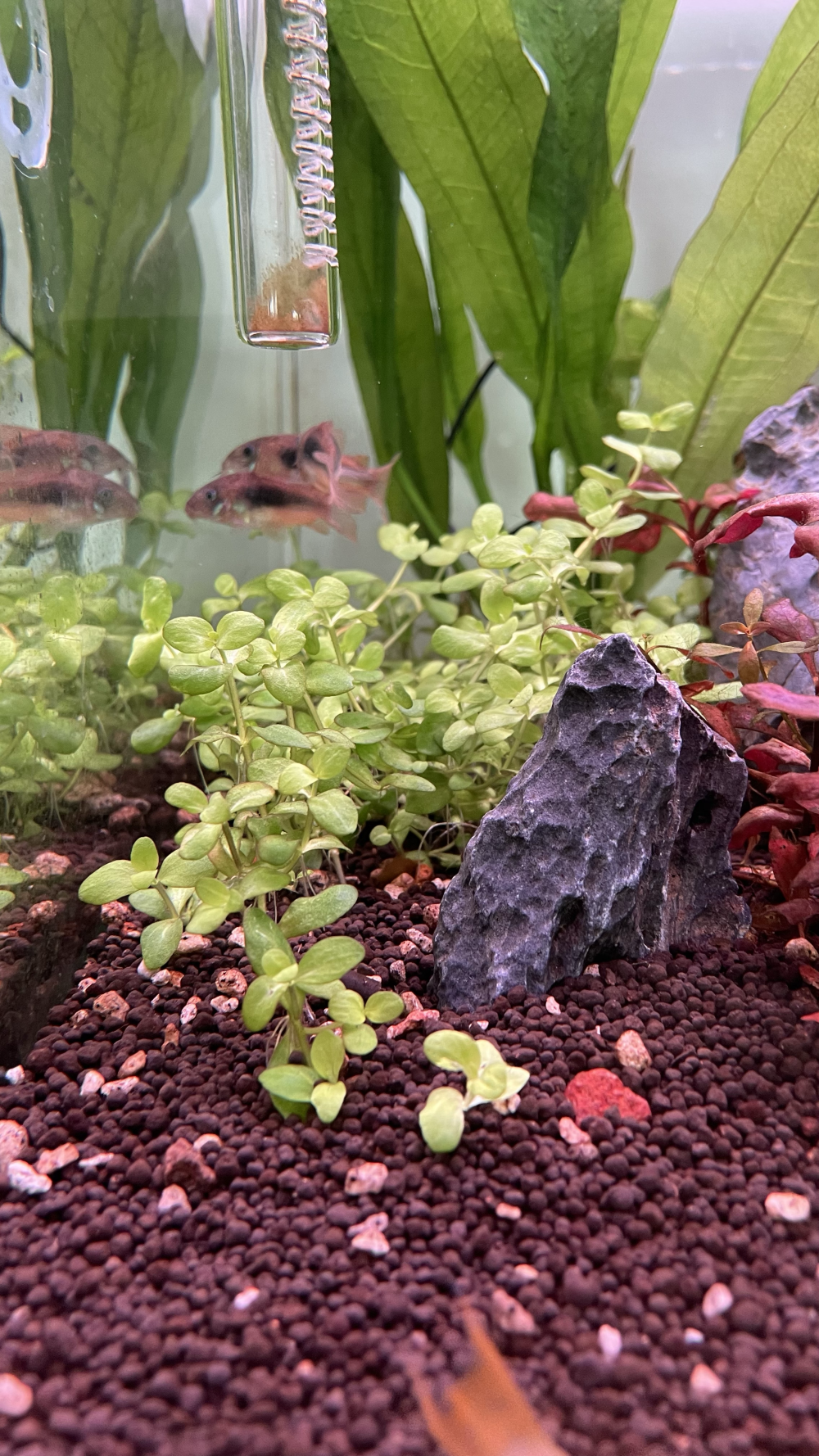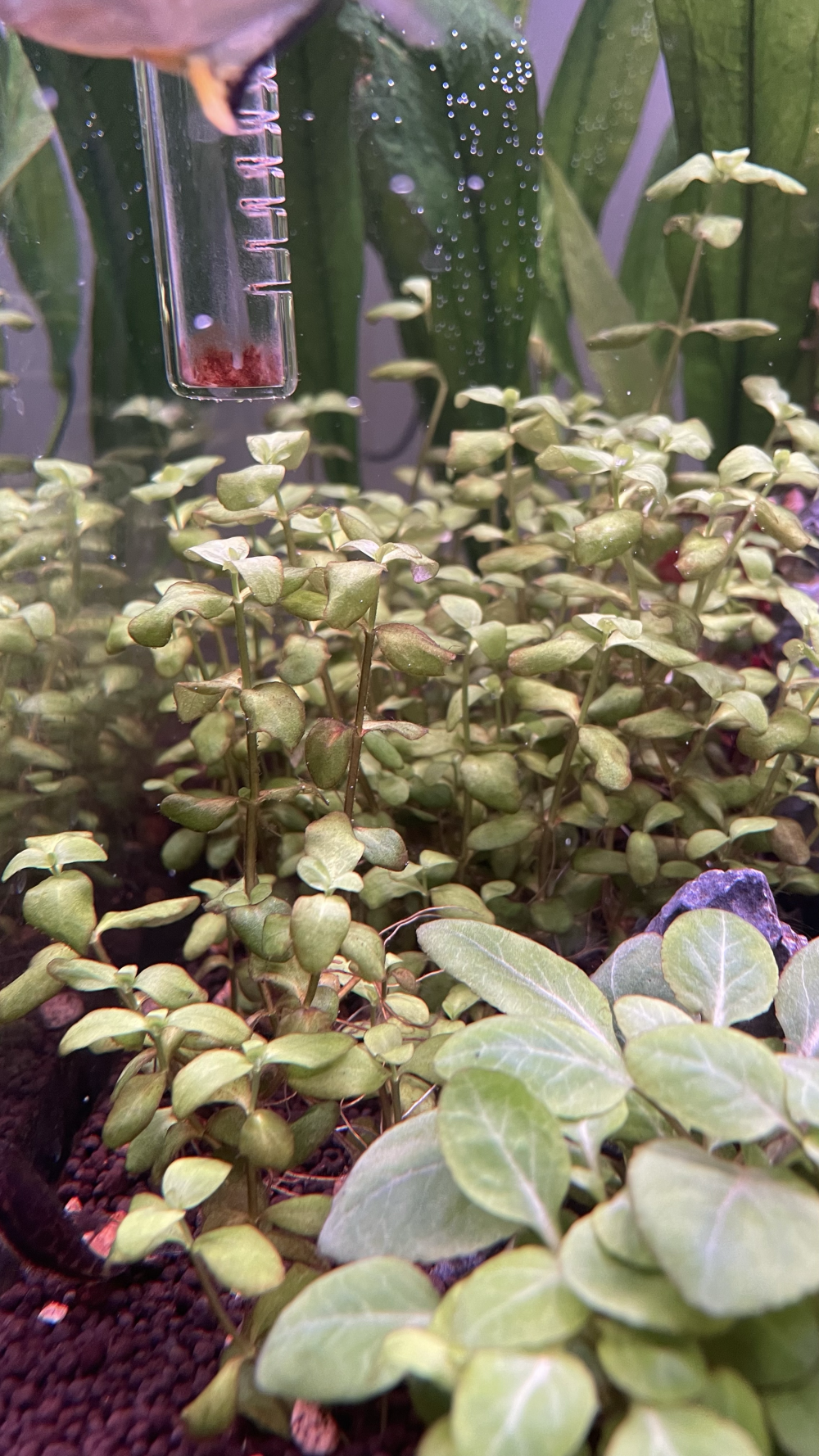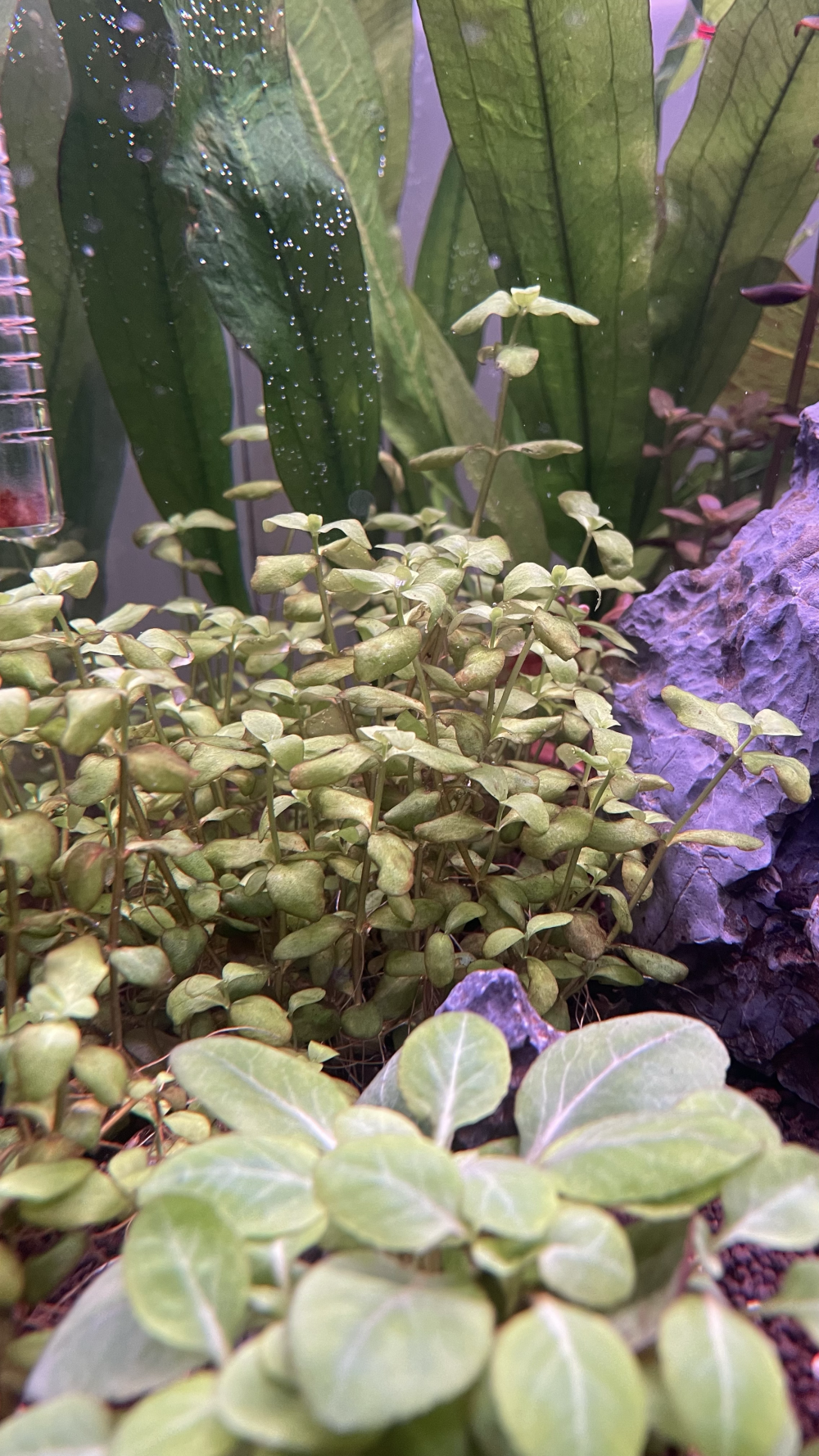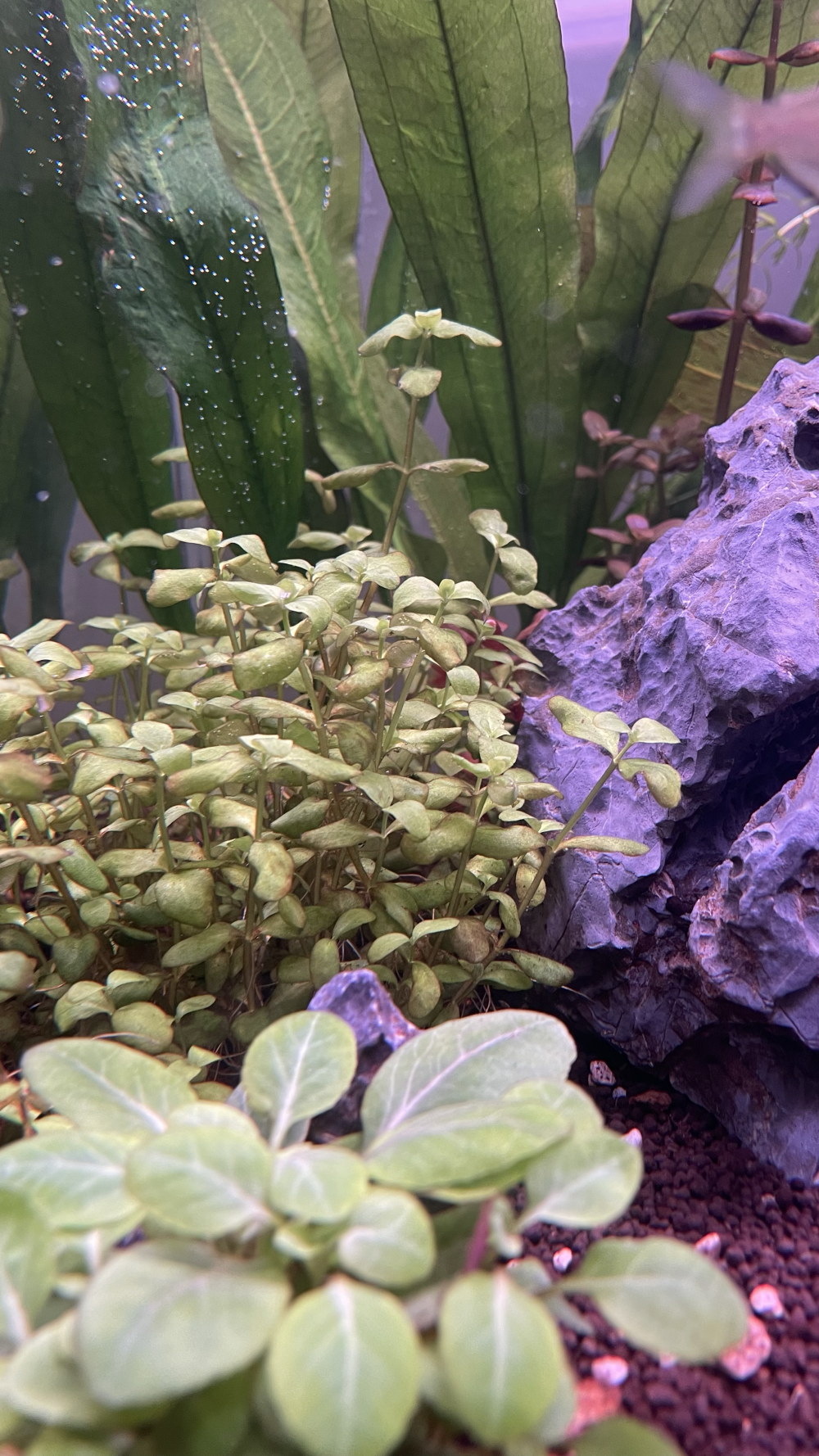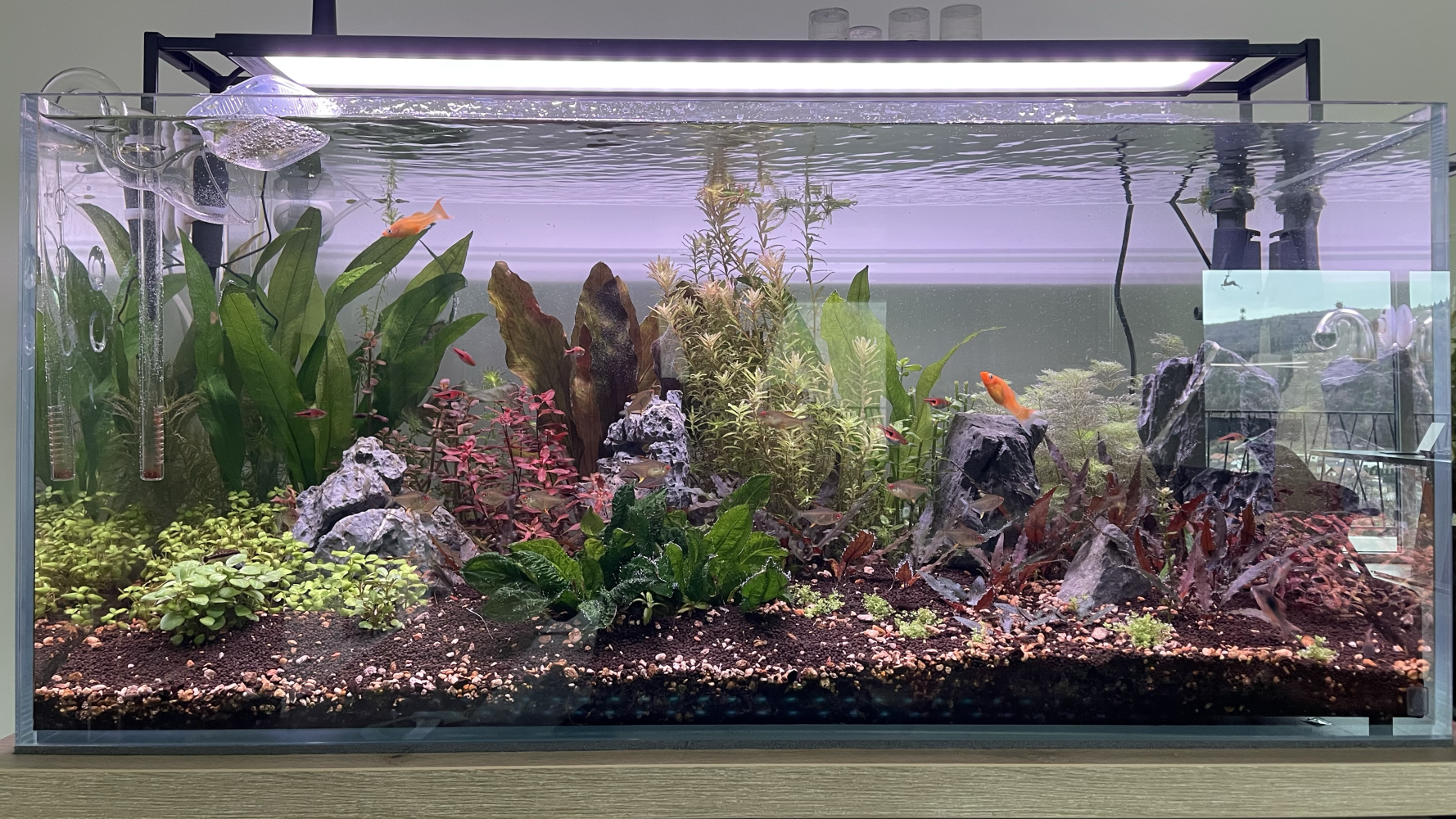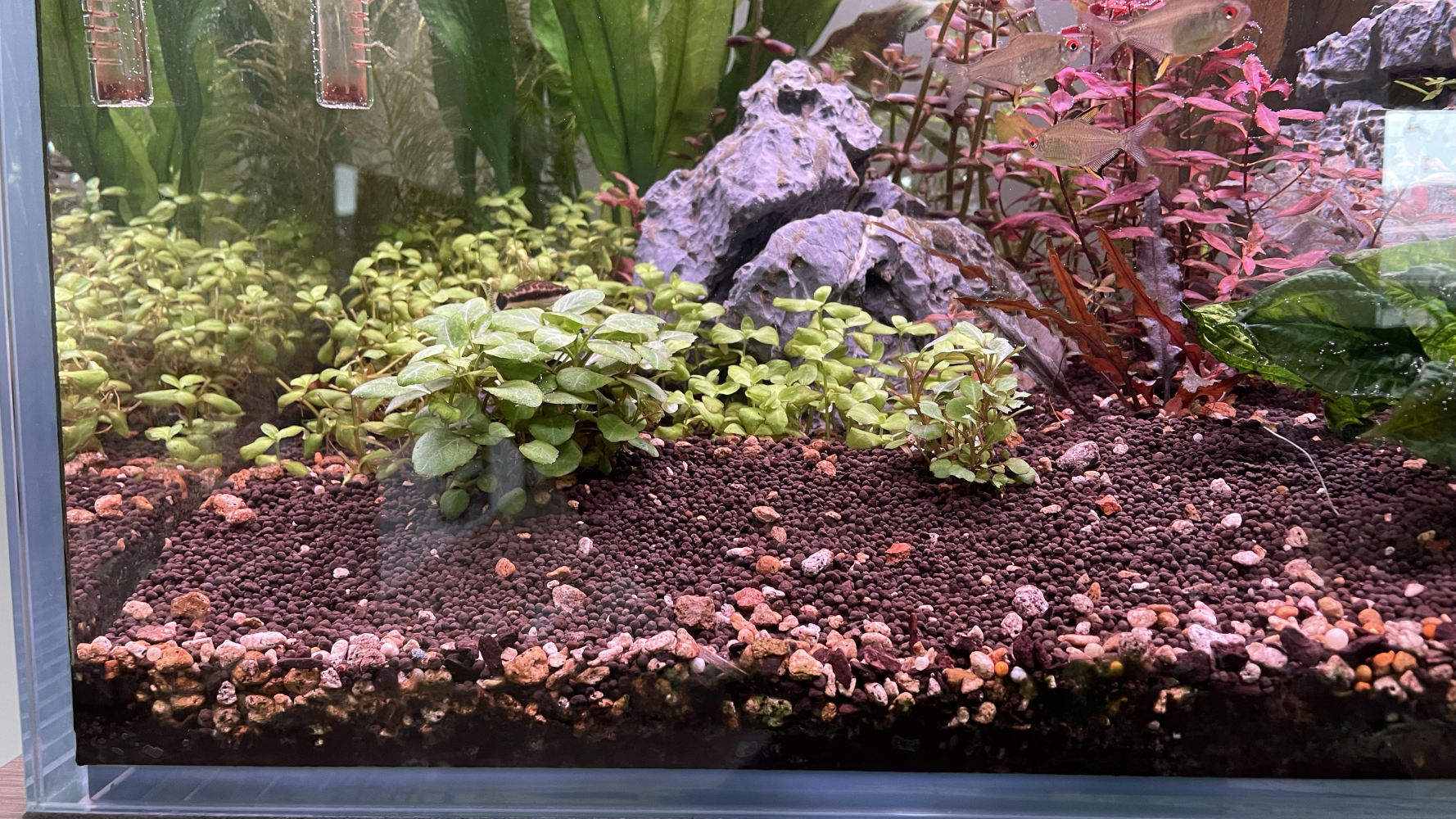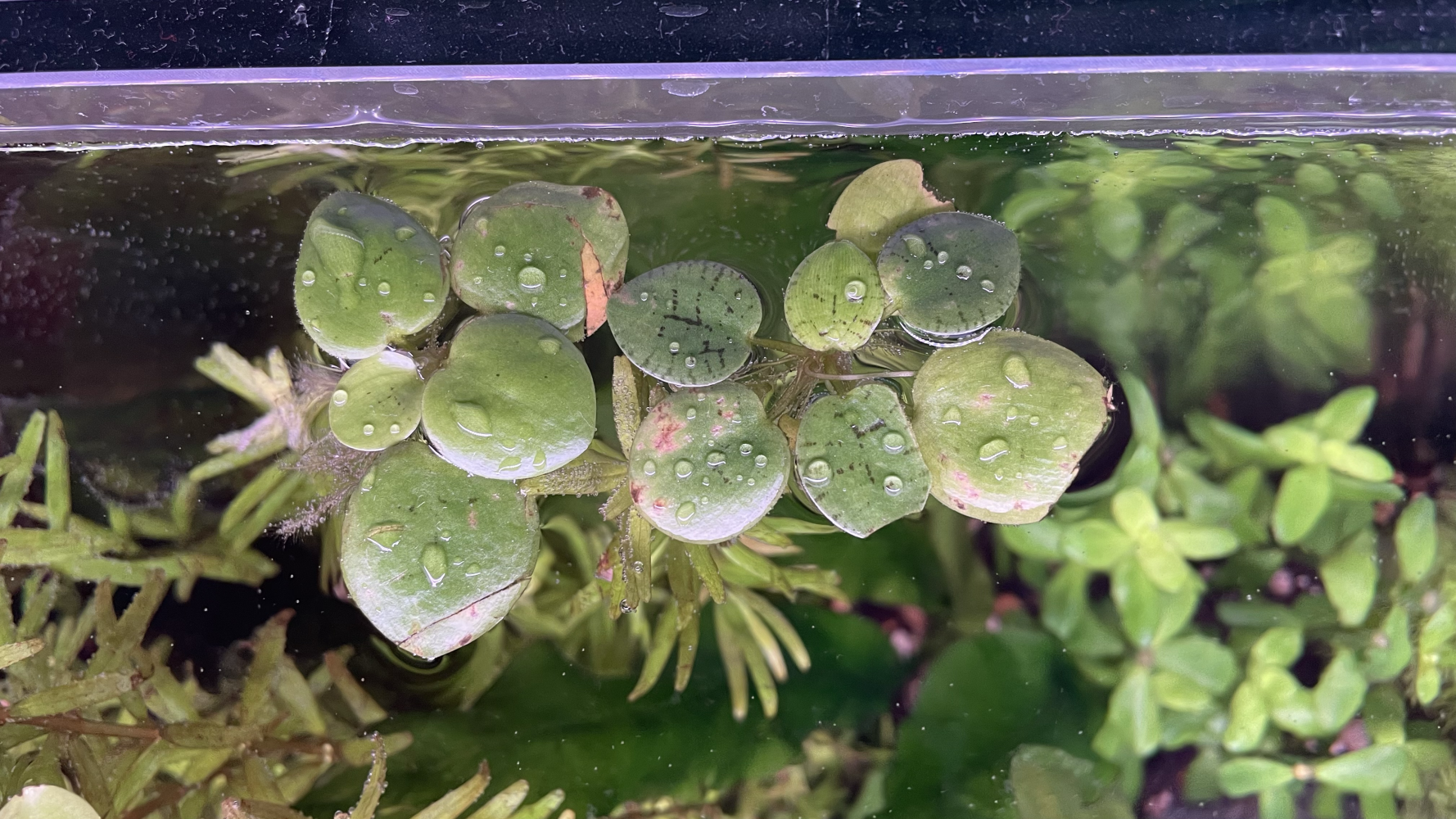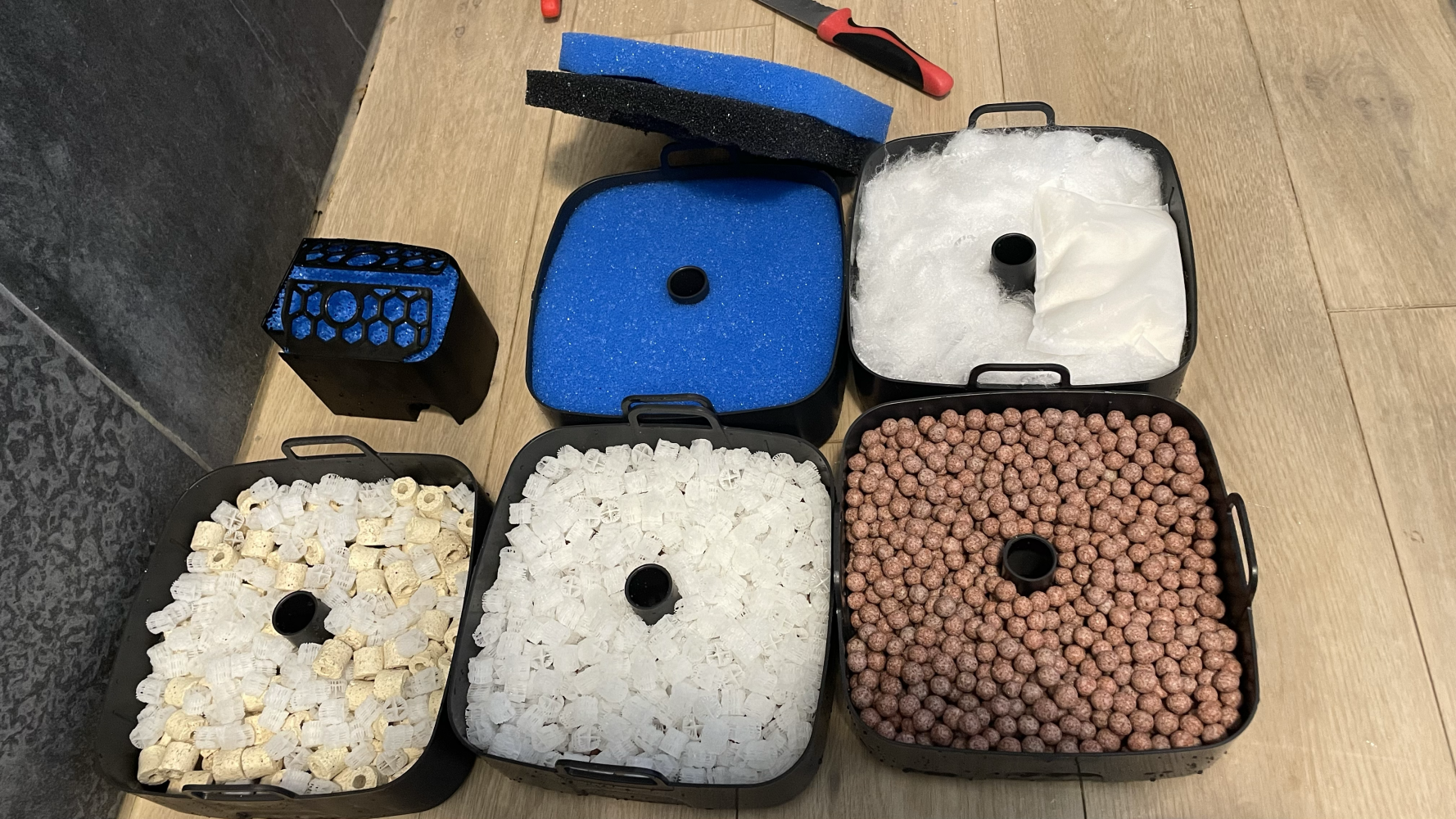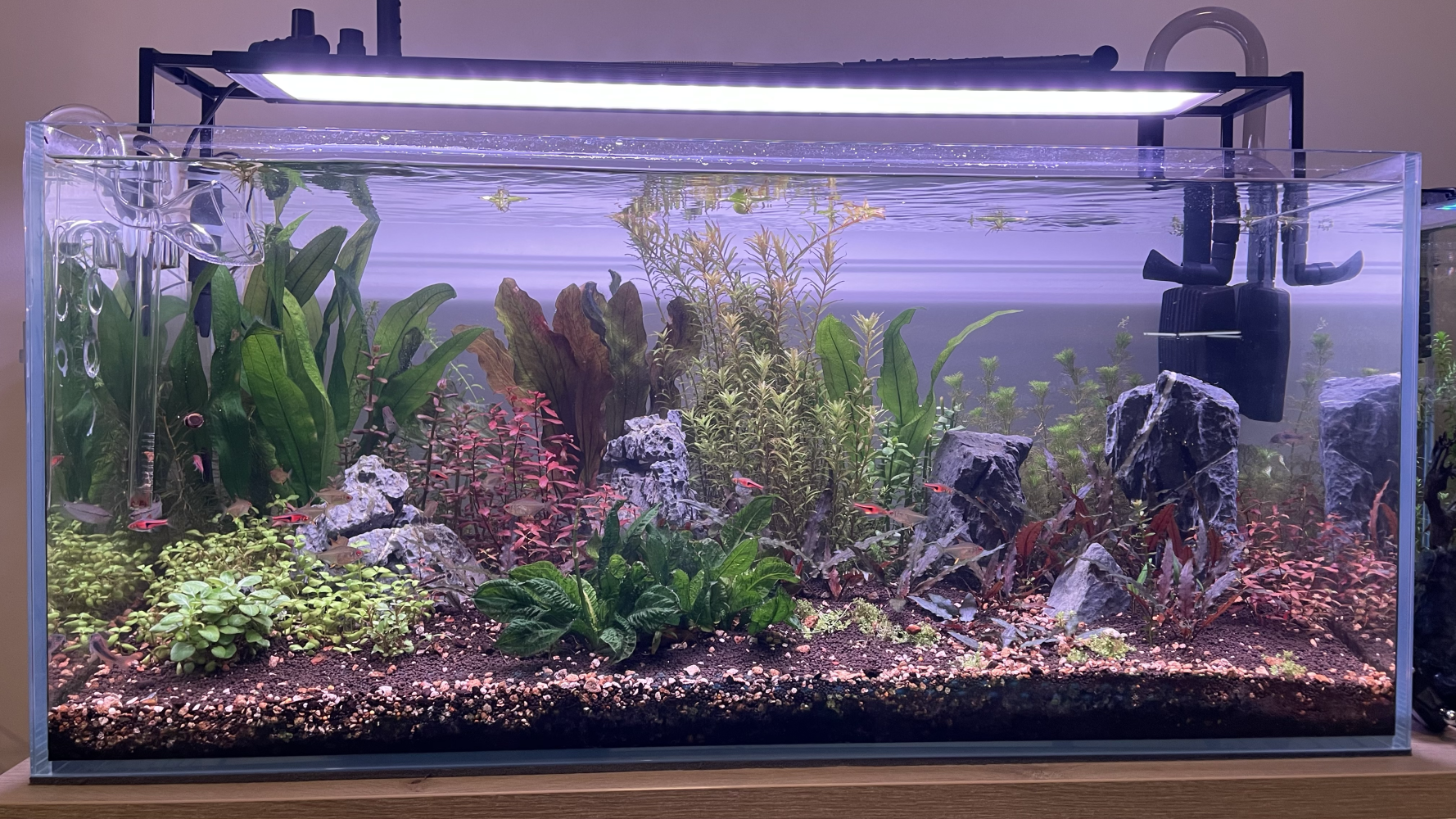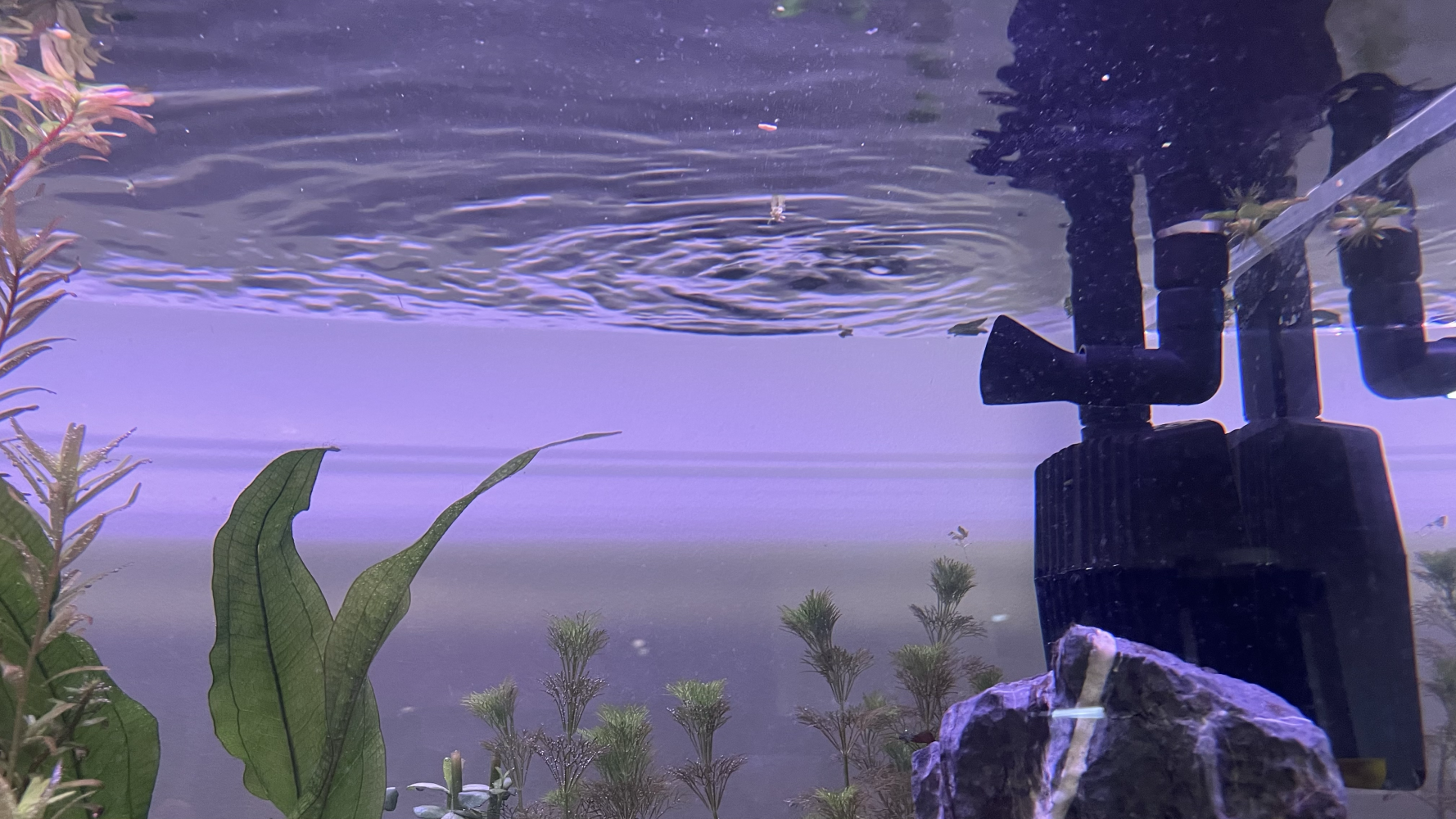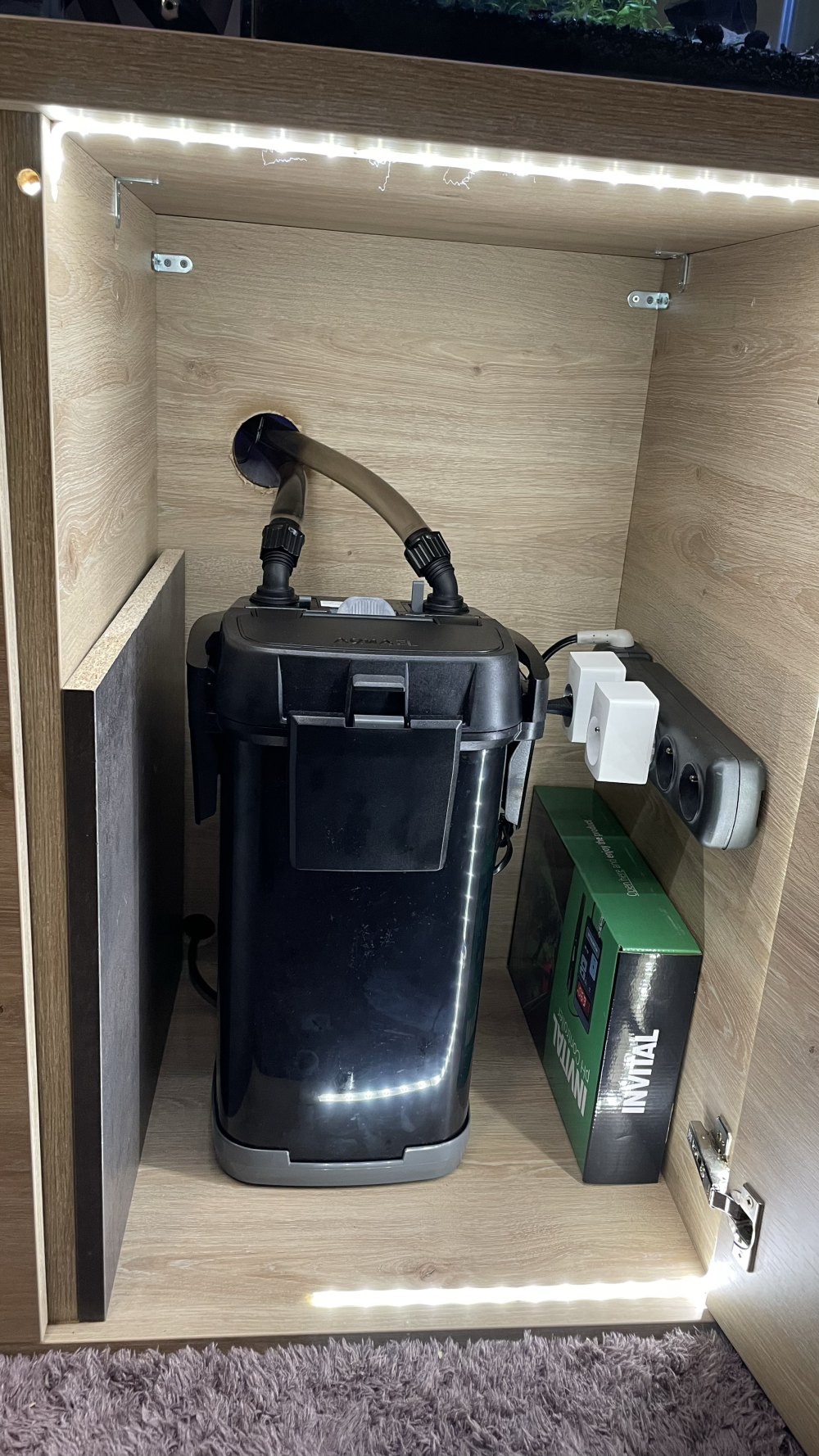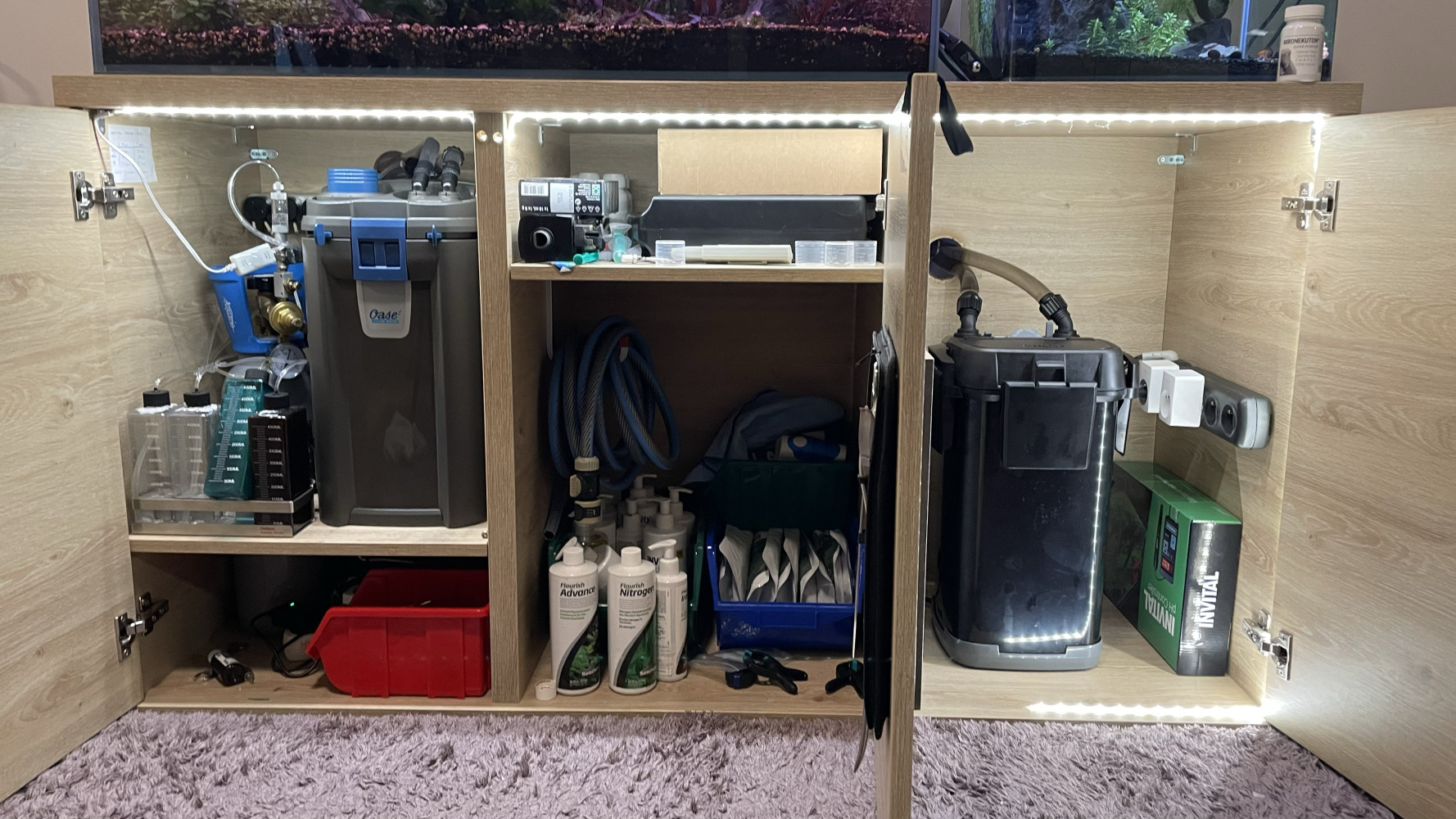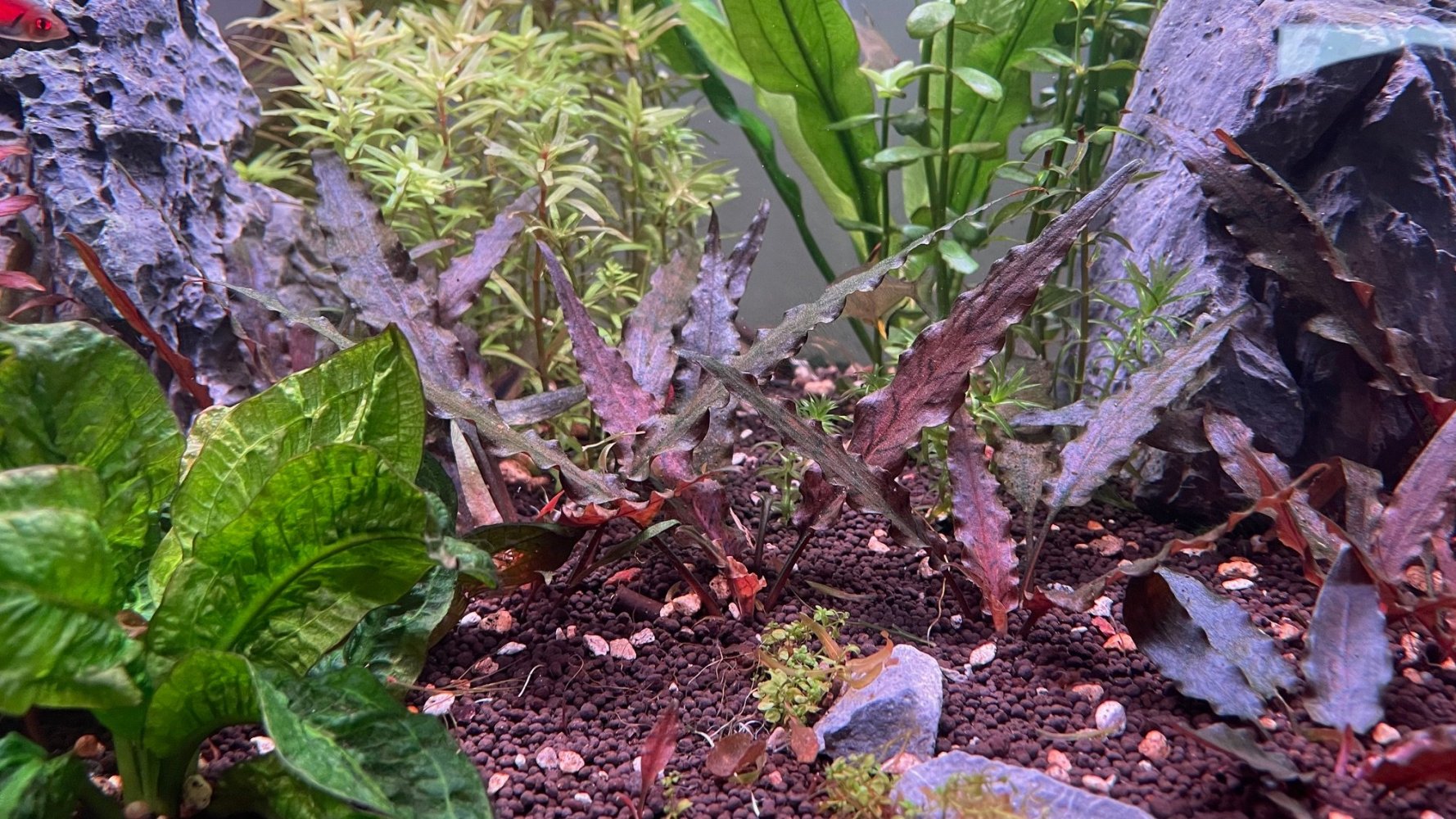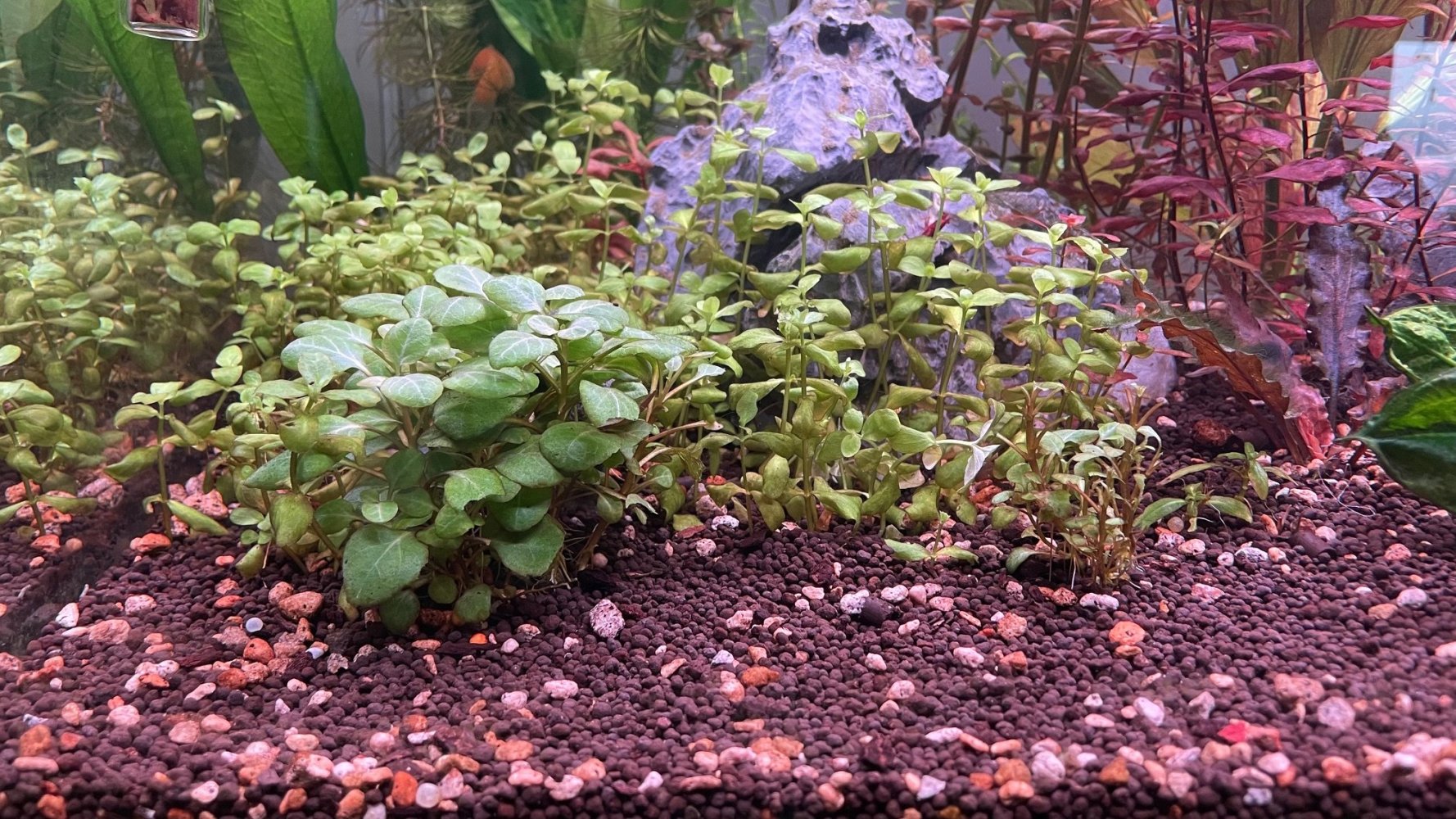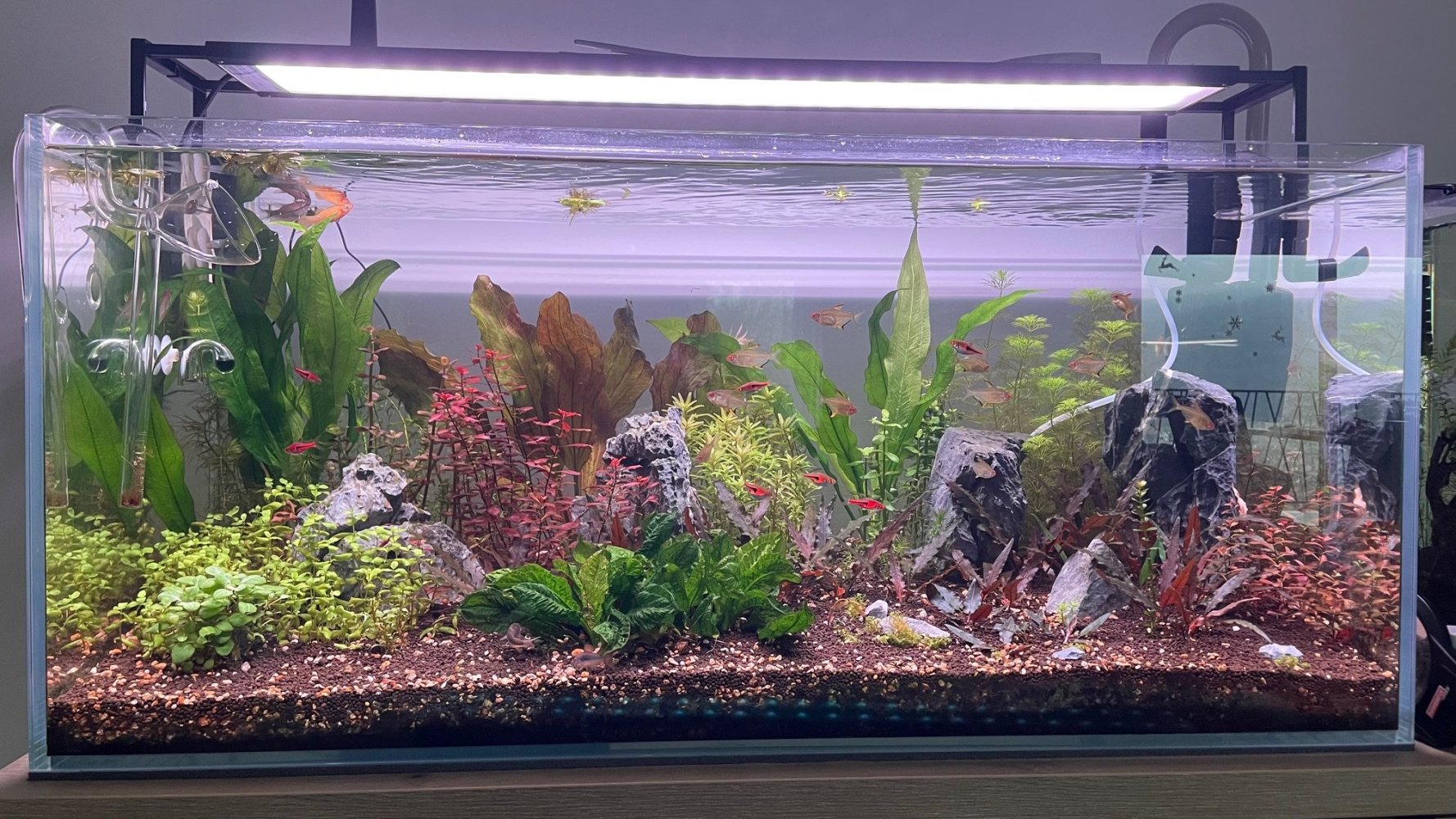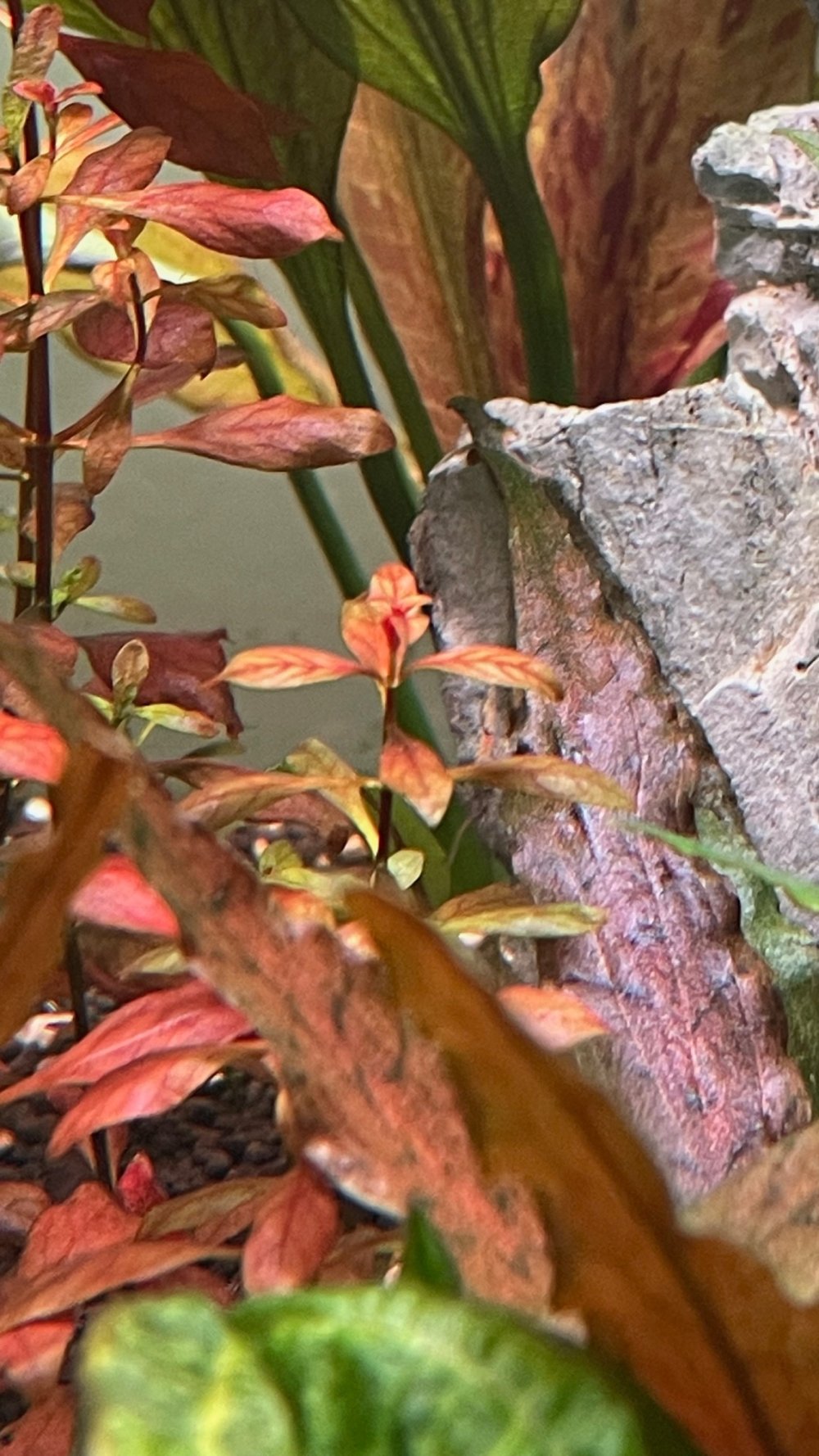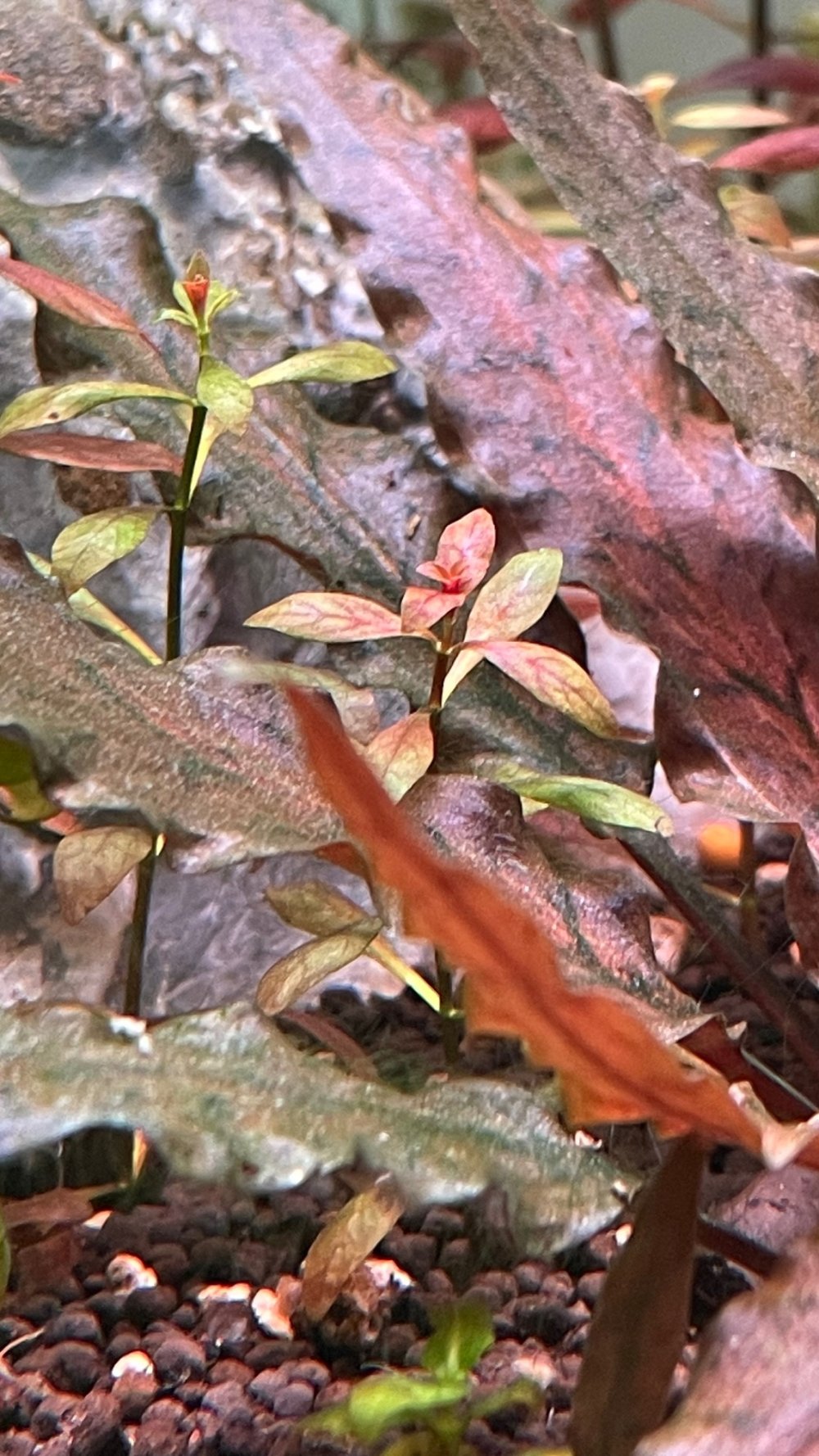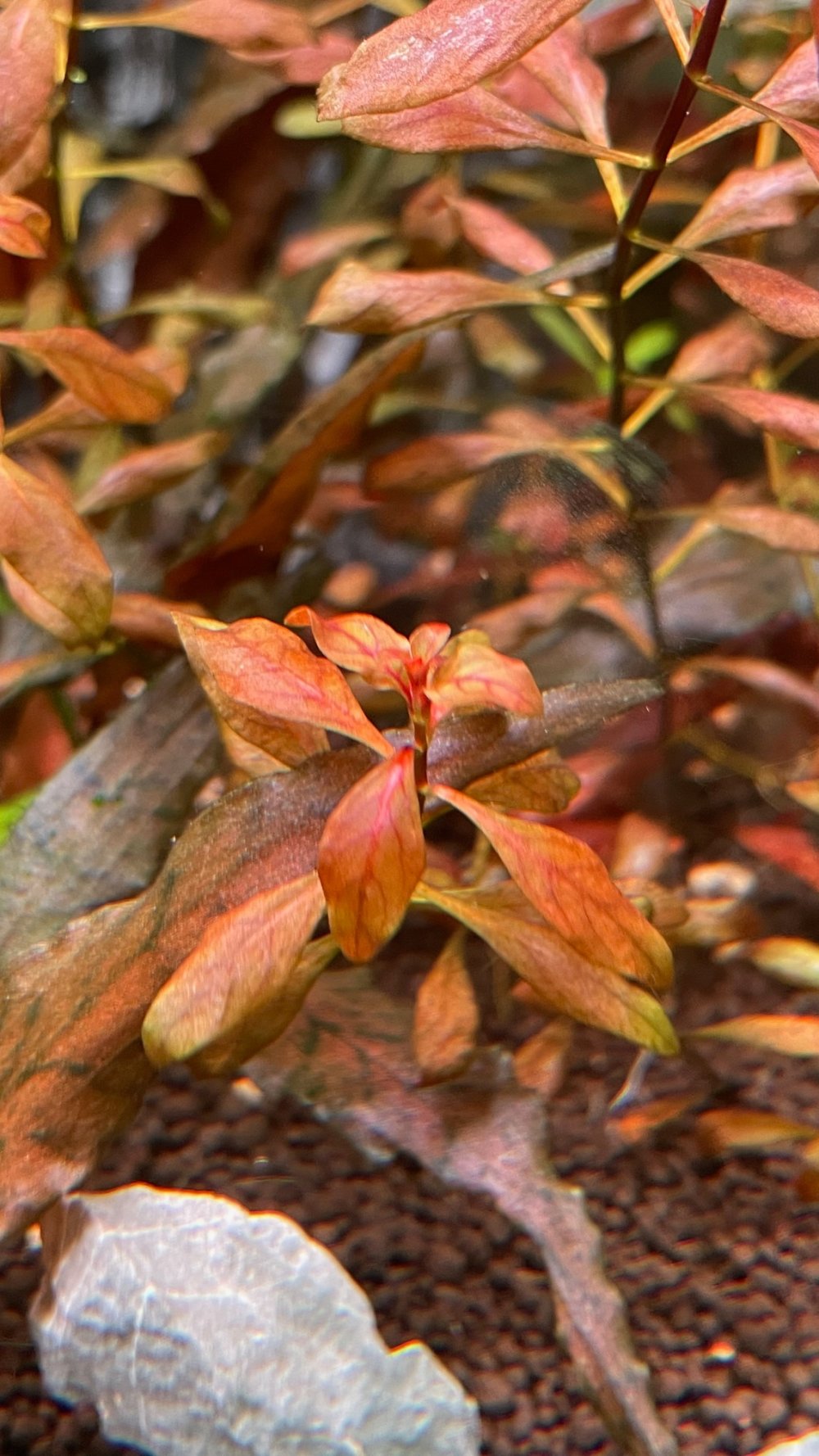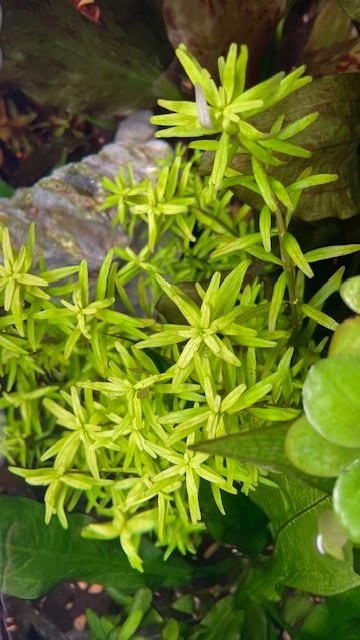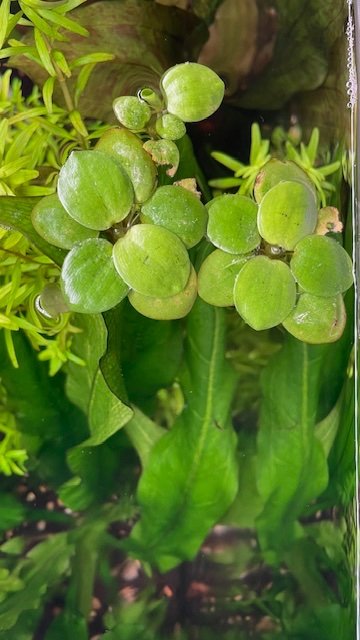update: Second filter installed
after re-watching this:
(Green Aqua filter guide v2) - especially the first couple of minutes, I have decided that weak filtration might indeed contribute to the algae problems in my tank. It would make sense because in first year of this tank I had virtually zero issues with algae. I think what happened is that my Oase Biomaster 600 was at the tipping point in terms of performance even at the beginning. A clear hint to me was that Green Aqua usually uses the Oase Biomaster 600 for 60L tanks, so for a 200L it might be insufficent.
Now that the filter is worn, the media is clogged and the flow is sub-optimal, I think it is not able to cope with the demands. Especially since I often do major things in the tank that disturb the balance and cause a sudden ammonia spike - for example with rotala and limnophila I often uproot them and use only the top parts of the plants, since they are the prettiest and most healthy. The last time I did such replanting the TDS went from 130 to 220 - not sure what does that mean but I guess it might be ammonia?
This is just a speculation, but I am sure that adding a second filter will give me more room for error and suboptimal maintenance, since during the summer months I am often forgetting water changes and filter cleaning tasks.
I have decided to go with the Aquael Ultramax 2000, originally wanted the 1500, but the price difference was very small and I want to have a sufficient reserve in the flow so that I can regulate the performance over time. At the moment the filter is running at approximately 40% of the flow.
The filter looks and feels very nice - I would say the build quality is not much different from Oase, and the prefilter seems to be a lot more user friendly. It is also significantly quieter and has bigger room for filter media. Considering all this and the flow rate, which I would say is definitely at least 2 times bigger than Oase (but we will see after the new filter settles in), and the price difference - Oase is 2x the price of Aquael, I think I have a clear winner in my mind.
The only major downside is the atypical diameter of the hoses - 19/25 vs 16/22 of the Ultramax 1500 version. For now I decided to use the inlet/outlet that comes with the filter, but I will eventually think about upgrading these, especially the massive inlet since it is ugly as ****.
Since I already have premium biomedia in the Oase filter (4L of seachem matrix), and since the consensus on this forum seems to be that the price for premium media is not worth it, I have decided to use a combination of the stuff that came with the filter & the original Oase media & some cheap stuff from the local brand.
So the setup is as follows (from bottom up):
prefilter: coarse sponge
tray 1: half of mid-coarse sponge and half of fine sponge that came with the filter
tray 2: floss that came with the filter with 250ml of off-brand purigen:
INVITAL InstaPURE 250ml
tray 3: ceramic rings that came with the filter combined with plastic stuff that came with the Biomaster
tray 4: plastic stuff that came with the Biomaster
tray 5: invital filter pro:
INVITAL Filter PRO 1000ml
I have also removed the air stone and the skimmer since the new filter is doing a really good job of surface agitation.


